Acura ZDX Returning As Brand’s First EV

Acura has announced that its first electric vehicle will be called the ZDX – a model you might not remember if car spotting isn’t among your favorite hobbies. Introduced in 2009, the original came into being just as crossover vehicles were starting to become mainstream. But the ZDX remains an exceptionally rare bird due to it being considered an oddball in its own time. Acura only managed to move 3,200 units inside the U.S. during its first full year on sale. That also happened to be its best year by far and explains why the car was quietly killed off in 2013.
Whether Honda’s luxury division feels like the model never got the praise it deserved or simply doesn’t want to risk using a more storied nameplate for its first EV is anyone’s guess. But Acura seems eager to assure the public that the upcoming vehicle will have more in common with the older ZDX’s more-practical successors, the MDX and RDX.
"The ZDX will be Acura’s first zero-emissions SUV and the name pays homage to a previous Acura model of the same name, which was the first vehicle styled from the ground up in the Acura Design Studio which opened in Los Angeles in 2007,” the automaker explained in its release.
Assumed to be released in 2024, the new Acura ZDX is being co-developed with General Motors. This means it’ll make use of the American carmaker’s Ultium batteries until Honda has established its own electric vehicle architecture. We also know that it’ll also be designed “from the ground up” at the Acura Design Studio located in L.A.
Beyond that, we don’t have a lot of information.
Acura said that there would be a Type S designed to cater to customers interested in spirited driving. But having effectively no information on the standard unit makes speculating about the performance variant pointless. We don’t even know what type of body style the ZDX will have – though Acura did say that the production model would be inspired by the Precision EV Concept. That probably means a straight beltline and two-box design with just enough curves to keep things interesting. Come to think of it, that kind of sounds like the Cadillac Lyriq – another Ultium EV that was previously rumored to share an assembly line in Springhill, Tennessee, with the model the Precision EV Concept was supposed to foreshadow.
That could make the Lyriq a good starting point for making unsubstantiated assumptions about the ZDX. The Cadillac is roughly 197 inches in length and 78 inches wide with a single rear permanent-magnet motor and 100-kWh battery lurking beneath the floorboards. Our guess is that the Acura won’t stray too far from that recipe. While this likely means any visual influence from the previous ZDX will be minimal, something tells me this won’t be ruffling any feathers.
Interested parties wanting to know more could be in for a wait, however. Despite news of the ZDX’s upcoming arrival in 2024, it’s unlikely that Acura will have much to say for at least a few more months.
[Images: Acura]
Become a TTAC insider. Get the latest news, features, TTAC takes, and everything else that gets to the truth about cars first by subscribing to our newsletter.

A staunch consumer advocate tracking industry trends and regulation. Before joining TTAC, Matt spent a decade working for marketing and research firms based in NYC. Clients included several of the world’s largest automakers, global tire brands, and aftermarket part suppliers. Dissatisfied with the corporate world and resentful of having to wear suits everyday, he pivoted to writing about cars. Since then, that man has become an ardent supporter of the right-to-repair movement, been interviewed on the auto industry by national radio broadcasts, driven more rental cars than anyone ever should, participated in amateur rallying events, and received the requisite minimum training as sanctioned by the SCCA. Handy with a wrench, Matt grew up surrounded by Detroit auto workers and managed to get a pizza delivery job before he was legally eligible. He later found himself driving box trucks through Manhattan, guaranteeing future sympathy for actual truckers. He continues to conduct research pertaining to the automotive sector as an independent contractor and has since moved back to his native Michigan, closer to where the cars are born. A contrarian, Matt claims to prefer understeer — stating that front and all-wheel drive vehicles cater best to his driving style.
More by Matt Posky
Latest Car Reviews
Read moreLatest Product Reviews
Read moreRecent Comments
- Kwik_Shift_Pro4X No thanks. You'll never convince me that anybody needs this.
- Kwik_Shift_Pro4X I'd rather do the driving.
- SCE to AUX EVs are a financial gamble for any mfr, but half-hearted commitment will guarantee losses.BTW, if there were actual, imminent government EV mandates, no mfr could make a statement about "listening to their customers".
- Zachary How much is the 1984 oldmobile (281)8613817
- Yuda Very dystopian. Not good.



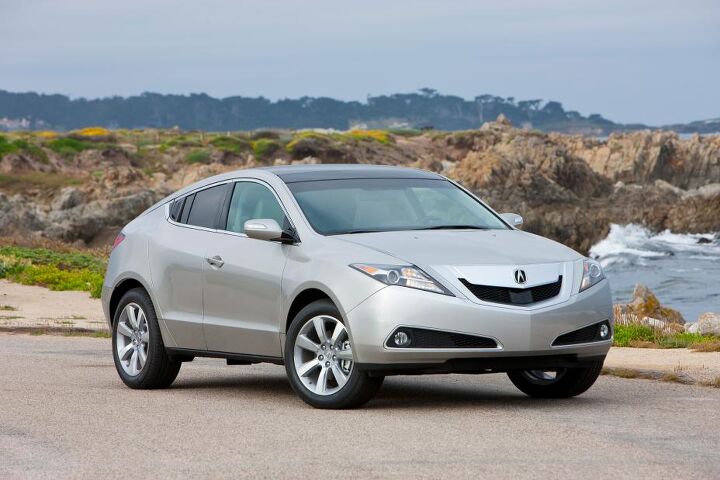

















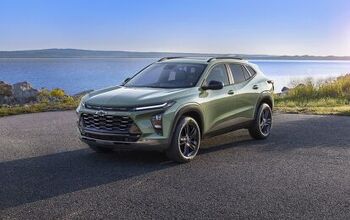
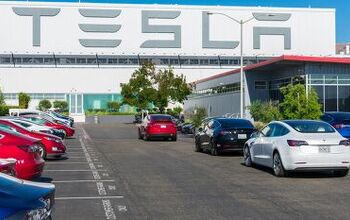
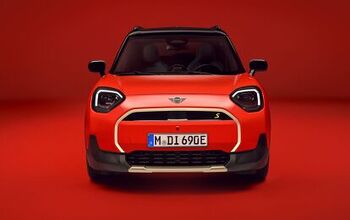
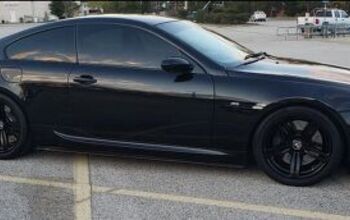
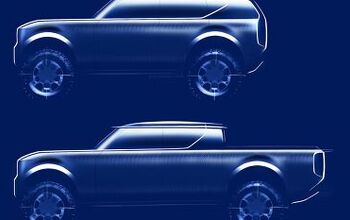
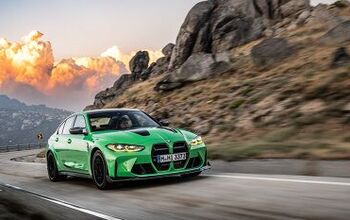
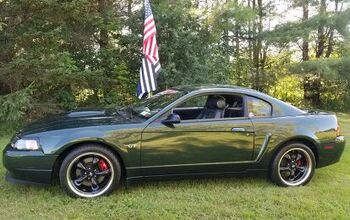
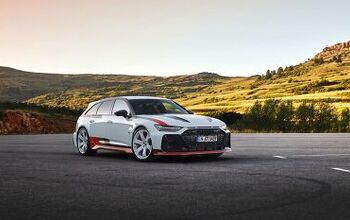
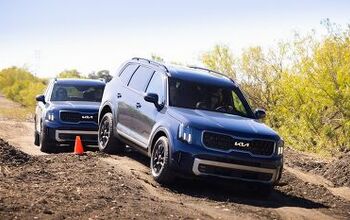
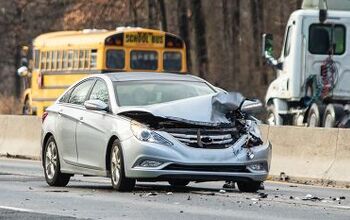
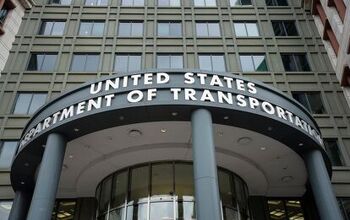

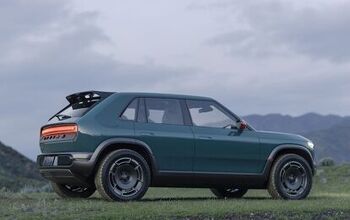
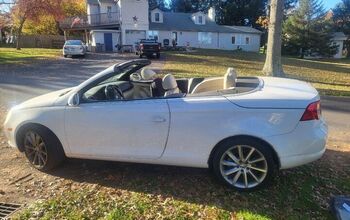
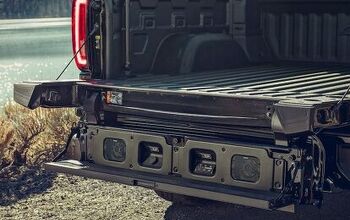
Comments
Join the conversation
Acura marketing believes resusitating a terrible name from a blah vehicle that was ugly and didn't sell well is a great name for their future EV?
Let me help..... Here's a name they are free to use - skidmark. I'll use it in a sentence.
The Acura marketing team is a bunch of skidmarks for thinking this is a good idea.
Well, some beloved nameplates have been resurrected and found success. There are several examples, including a number from Chrysler, like the Challenger and Charger. ( https://www.hotcars.com/best-resurrected-car-nameplates/) Some beloved nameplates have been resurrected and found a cool reception - like the Ford Thunderbird or (ominously) Acura's own NSX. The question is, what happens when you bring back an *unloved* nameplate? Oddly, Chrysler has done this to success as well, with the Pacifica. But can Acura manage it? (Edit for one more thought - This might be like Ford choosing to name its first "high-effort" EV after the Edsel, rather than the Mustang. Would Ford dare to try it, if they thought it was important?)